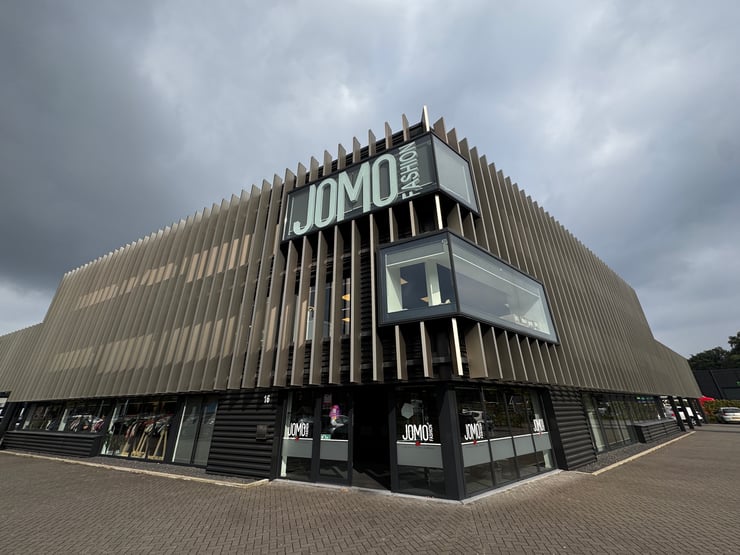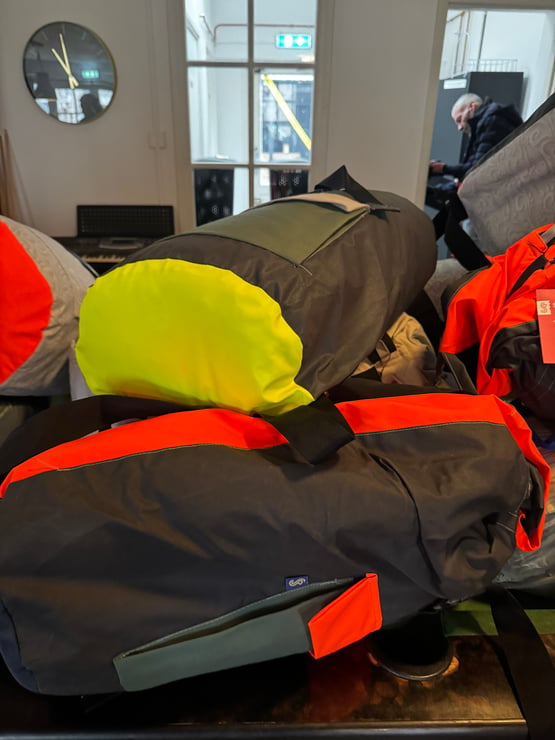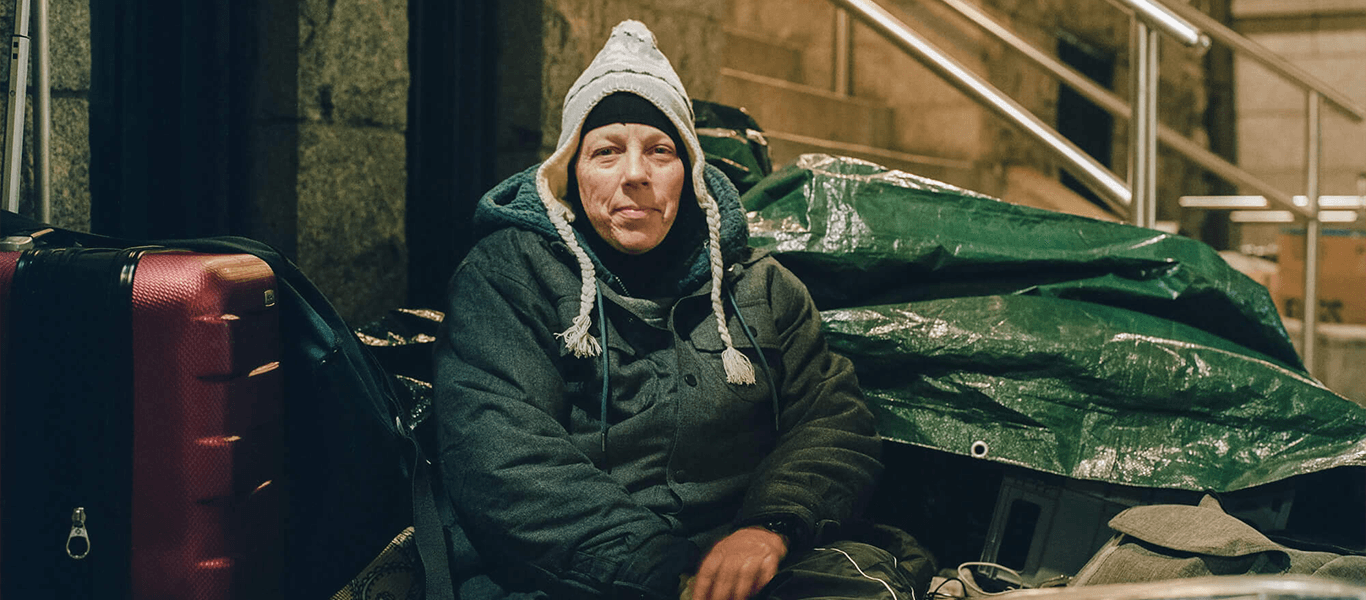On March 31, free winter shelters in different cities in the Netherlands closed their doors to people experiencing homelessness. This means that thousands of individuals who had a temporary place to sleep during the winter months are now back on the streets. For many shelter organizations, this raises serious concerns. The closure of winter shelters leaves a significant gap in available accommodation, leading to the question: where will these people go?
The winter shelter program: protection against the cold
The winter shelter program is an initiative in which municipalities provide additional shelter spaces when temperatures drop below a certain level, usually around freezing. The aim is to protect people experiencing homelessness from hypothermia and other health risks associated with cold weather. It is a temporary solution that provides warmth, protection, and a small sense of security during the winter months. This also allows aid workers to establish contact and build trust more easily. For many, the winter shelter is essential for their survival.
Challenges of the winter shelter program
However, the winter shelter also has its downsides. Since shelter is only guaranteed in extreme cold, uncertainty arises each year about the availability of a safe place once temperatures rise again. While the winter shelter provides temporary protection, it is not a long-term solution. As a result, people experiencing homelessness face the same uncertainty year after year.
When the winter shelters close on March 31, hundreds of shelter spaces disappear overnight. This forces people experiencing homelessness to once again find a safe place to sleep, with far-reaching consequences. Having to sleep on the streets again increases the risk of insecurity, stress, and health issues. The disappearance of winter shelters highlights the urgent need for permanent and sustainable solutions to homelessness.
A temporary solution: the Sheltersuit
At Sheltersuit Foundation, we understand the urgency of the situation and are seeing an increasing demand for our products. The Sheltersuit provides temporary protection for people who find themselves back on the streets. This wind- and waterproof jacket, which can easily be transformed into a sleeping bag, offers protection against the cold and rain. While the Sheltersuit is not a replacement for a safe and permanent home, it helps people in need stay warm, dry, and safe until a structural solution is found.
The closure of the winter shelters further highlights the need for more long-term shelter and support. It is crucial that we continue to focus on solutions that not only offer temporary protection for the homeless, but also create a future with warmth, dignity, and trust.
A growing problem
According to the Central Bureau of Statistics (CBS), an estimated 33,000 people in the Netherlands were homeless as of January 1, 2024. This number has steadily increased in recent years, and with the closure of winter shelters, the situation threatens to become even more dire for many. That is why sustainable solutions are needed—not just during the winter months, but year-round—to provide protection and support.
Sheltersuit Foundation remains committed to helping people without shelter. The demand for our products continues to rise because we see that homelessness is an urgent issue not only in winter but throughout the entire year. We will keep working toward a future where everyone has the right to protection, warmth, and dignity.
.


















